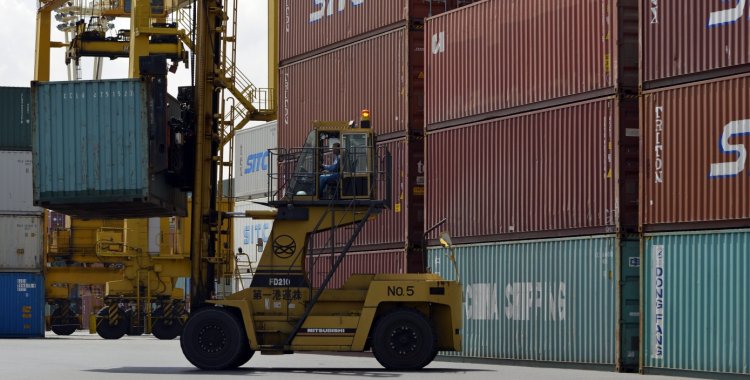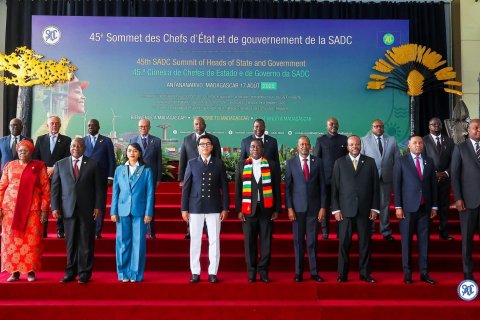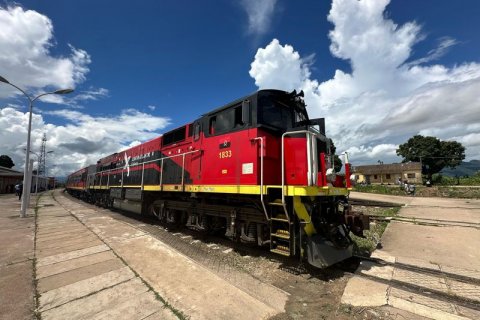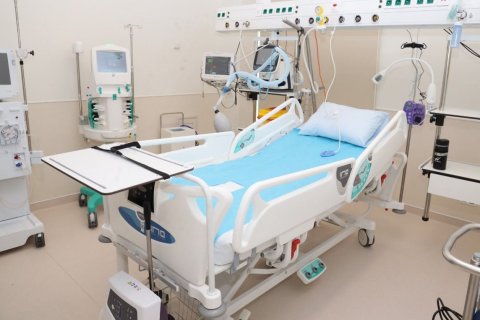"There is no doubt that insertion in a free trade area increases a country's foreign trade, this should happen in Angola, aiming, in view of the United Nations data, for a reinforcement of at least 25 per cent of foreign trade with the remaining Africa until 2031 ", says that entity, which is the result of an initiative of several academics and experts who met at the NRA ('Angola Research Network').
In an analysis, academics explain that recent modeling by the United Nations Economic Commission for Africa (UNECA) projects that the value of intra-African trade will be between 15 percent and 25 percent higher in 2040, due to the Trade Zone African Continental Free (ZCLCA).
In addition, the United Nations document estimates that least developed countries will experience the greatest growth in intra-African trade in industrial products, up to 35 percent.
Cedesa's estimate results from the weighting of UNECA modeling "with specific factors underway in Angola, such as the political commitment to liberalization and diversification of the economy".
But it also counts on the country's commitment to the operationalization of some international transport structures, such as the completion of the Luanda International Airport, the entry into operation of the deep water port of Caio and the Lobito Corridor.
Regarding this last infrastructure, Cedesa stresses that it is a rail corridor for international freight traffic, starting at Porto do Lobito (Benguela), which includes three countries - Angola, Democratic Republic of Congo and Zambia, for which there is a "wish" of the Angolan Government that "be one of the main axes of circulation of raw materials and goods in the territories it crosses".
Cedesa recalls that the country's trade with the rest of Africa's states represented, in 2019, only 3 percent of total Angolan foreign trade.
Now, Cedesa argues that with "Angola's accession to the ZCLCA, it can add an average of 0.75 percent to 1 percent per year to GDP growth".
Among the potential growth factors, which may result from greater global economic integration, are competition, he points out, considering that companies that do not adopt new technologies or cut costs are more likely to fail and be replaced by more dynamic companies.
But companies can also profit from economies of scale - they can export to the world, face greater demand and, under the right conditions, can operate on larger scales where the price per unit of product is lower.
On the other hand, they gain in learning and innovation, considers Cedesa.
"Overall, the available evidence suggests that trade liberalization improves economic efficiency. That evidence comes from different political contexts," said that entity in the analysis released.
Angola deposited the ratification of accession to the African Continental Free Trade Area on 4 November 2020, after the National Assembly approved the ratification on 28 April this year, and the President of the Republic signed a Letter of Ratification, the 6th of October.
The agreement is scheduled to enter into force on January 1, 2021, after being postponed in July this year due to the covid-19 pandemic.
The ZCLCA, created by the African Union, has so far been ratified by 30 countries and, in a first phase, will lead to the elimination of tariffs on 90 percent of products, allowing free access to goods, goods and services across the continent.
In addition, the agreement commits countries to progressively liberalize trade in services and to deal with a number of other non-tariff barriers, such as long delays at national borders that hinder trade between African countries.
In the future, free movement of people and a single African air transport market may also emerge within the newly created free trade area.
The ZCLCA brings together 1.3 billion people and a combined gross domestic product (GDP) of more than two billion dollars.
The agreement's commercial objectives are to create a single market, to deepen the economic integration of the continent, to assist the movement of capital and people, to facilitate investment and to move towards the establishment of a future continental customs union.







